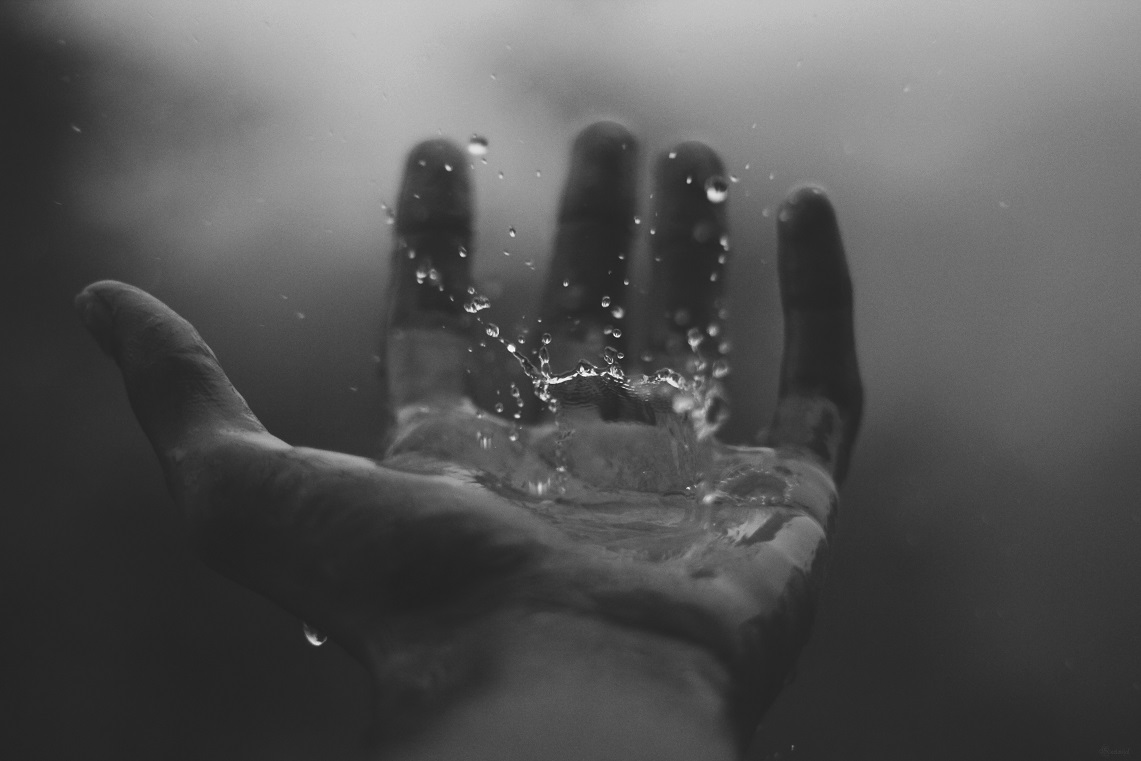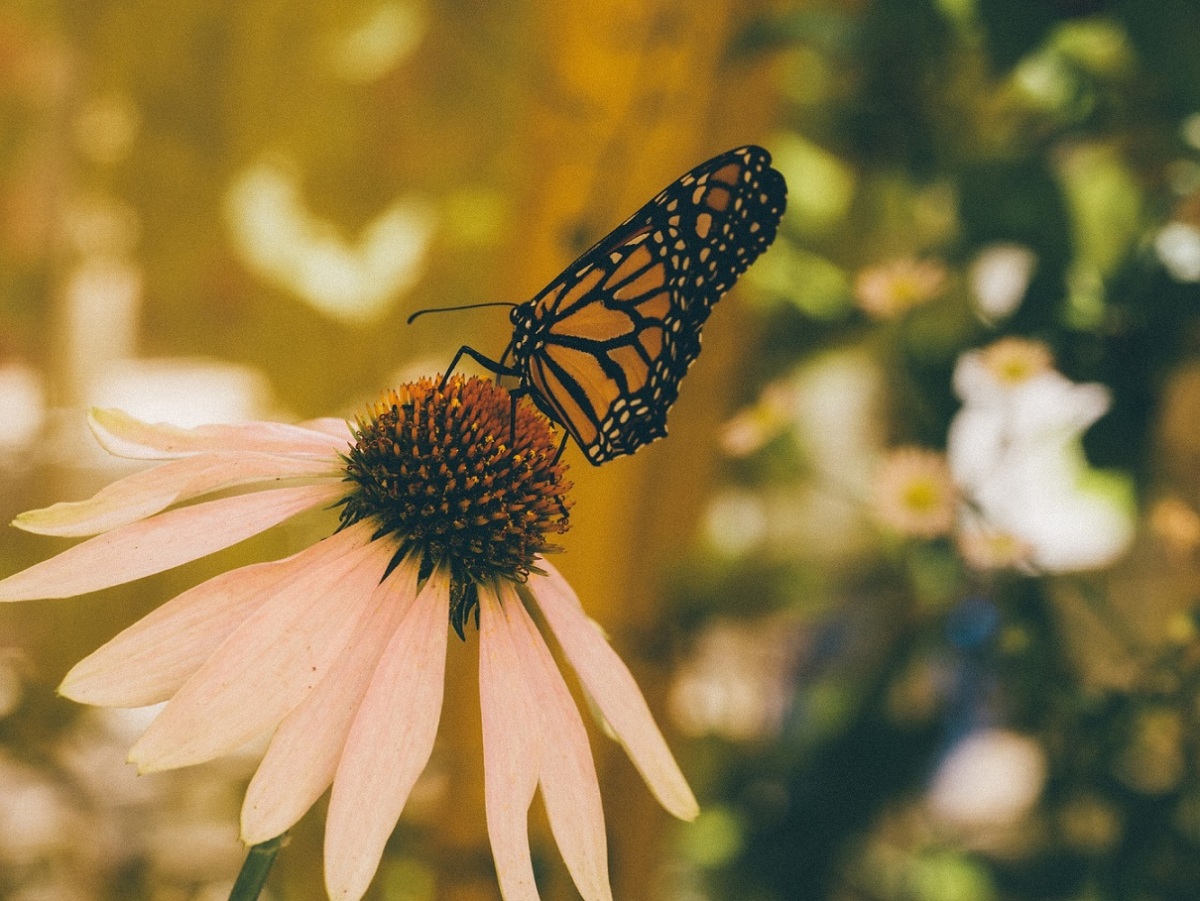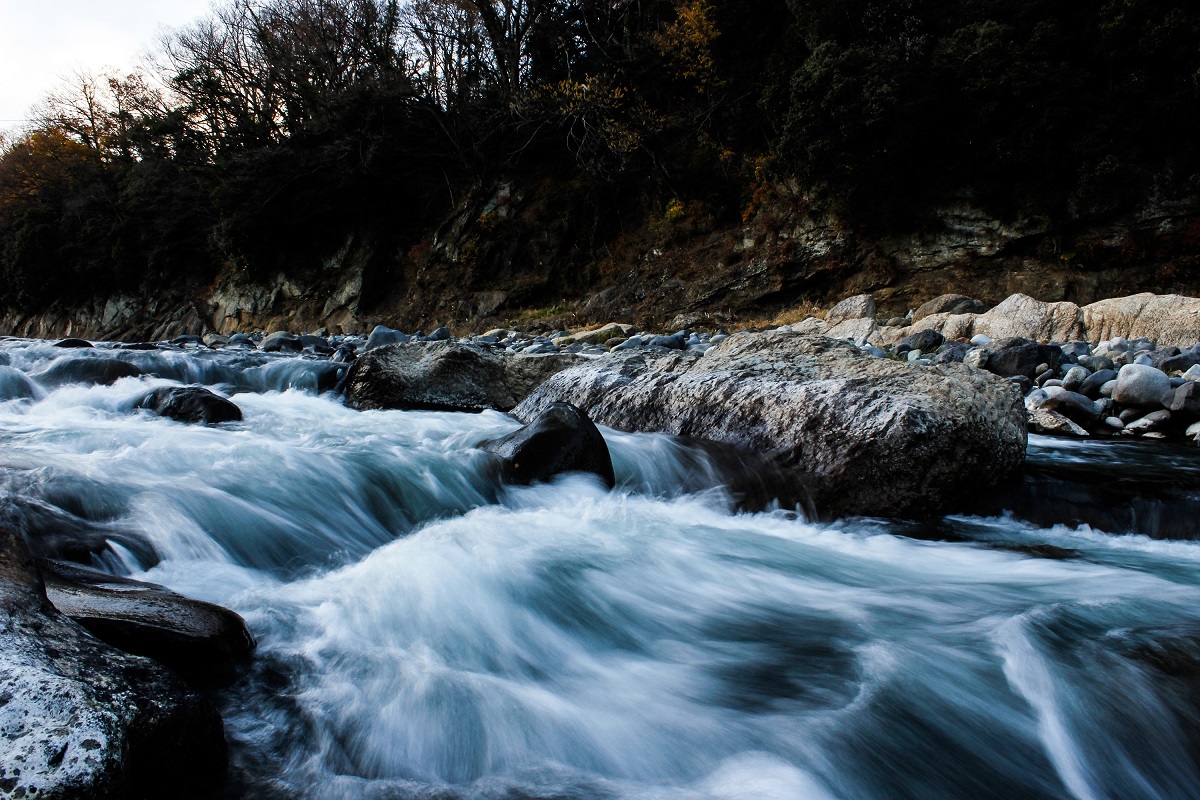In its own way.
Category: taoism
Wisdom of contemplation
One problem we face in religions these days is that it has become more talkative than contemplative.
But you can’t be told wisdom. You can only discover it yourself, through contemplation.
Dilemma
Megan has secrets. She used to desire invisibility, but now she only wants people to know who she really is.
What kind of bird is that?
One kid says to me, “See that bird? What kind of bird is that?”
I said, “I haven’t the slightest idea what kind of a bird it is.”
He says, “It’s a brown-throated thrush. Your father doesn’t teach you anything.”
But it was the opposite. My father had already taught me: “See that bird?” my father says. “It’s a Spencer’s warbler.” (I knew he didn’t know the real name.) “Well, in Italian, it’s a Ciutto Lapittida. In Portuguese, it’s a Bom da Peida. In Chinese, it’s a Chung-long-tah, and in Japanese, it’s a Katano Tekeda. You can know the name of that bird in all the languages of the world, but when you’re finished, you’ll know absolutely nothing whatever about the bird. You’ll only know about humans in different places, and what they call the bird. So let’s look at the bird and see what it’s doing – that’s what counts.” (I learned very early the difference between knowing the name of something and knowing something.)
– by Richard Feynman
Desire
Bob is sick of his desire – “Why am I always craving for things I don’t have?”
Transformation of things
Once, Zhuangzi dreamt that he was a butterfly – flitting and fluttering around, happy with himself, doing as he pleased…
He didn’t know he was Zhuangzi.
Suddenly he woke up.
And there he was. Solid, unmistakably, Zhuangzi.
Yet he wondered:
“Did I just dream I was a butterfly? Or am I just the dream of a butterfly now?”
The way of the river
A river is not a substantial thing; it is a process. No two rivers are the same and the same river is always different.
Names and labels recall in our mind a prototype, a definition, a stable entity, thus creating the illusion of permanence when all of reality changes – continuously, simultaneously, spontaneously.
Circle time
Warren has sacrificed so much of his physical health to make money that he now has lots of cash to nurse his body back to wellness.
The distance of crowd
Stars above, why?
Like people in the city – so crowded.
People in the city, why?
Like stars above – so distant.
– adapted from a Chyi Yu song
The artist
Salvador has no fear of perfection because he knows he’ll never reach it.








